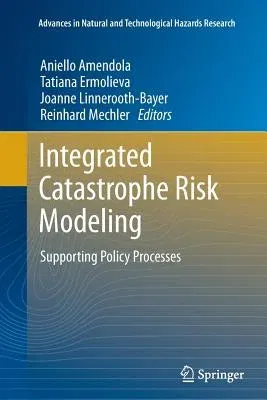Integrated Catastrophe Risk Modeling: Supporting Policy Processes (2013)Paperback - 2013, 29 January 2015

Qty
1
Turbo
Ships in 2 - 3 days
In Stock
Free Delivery
Cash on Delivery
15 Days
Free Returns
Secure Checkout

Part of Series
Advances in Natural and Technological Hazards Research
Print Length
290 pages
Language
English
Publisher
Springer
Date Published
29 Jan 2015
ISBN-10
9401784981
ISBN-13
9789401784986
Description
Product Details
Book Edition:
2013
Book Format:
Paperback
Country of Origin:
NL
Date Published:
29 January 2015
Dimensions:
23.39 x
15.6 x
1.6 cm
Genre:
Environmental Studies
ISBN-10:
9401784981
ISBN-13:
9789401784986
Language:
English
Location:
Dordrecht
Pages:
290
Publisher:
Weight:
421.84 gm